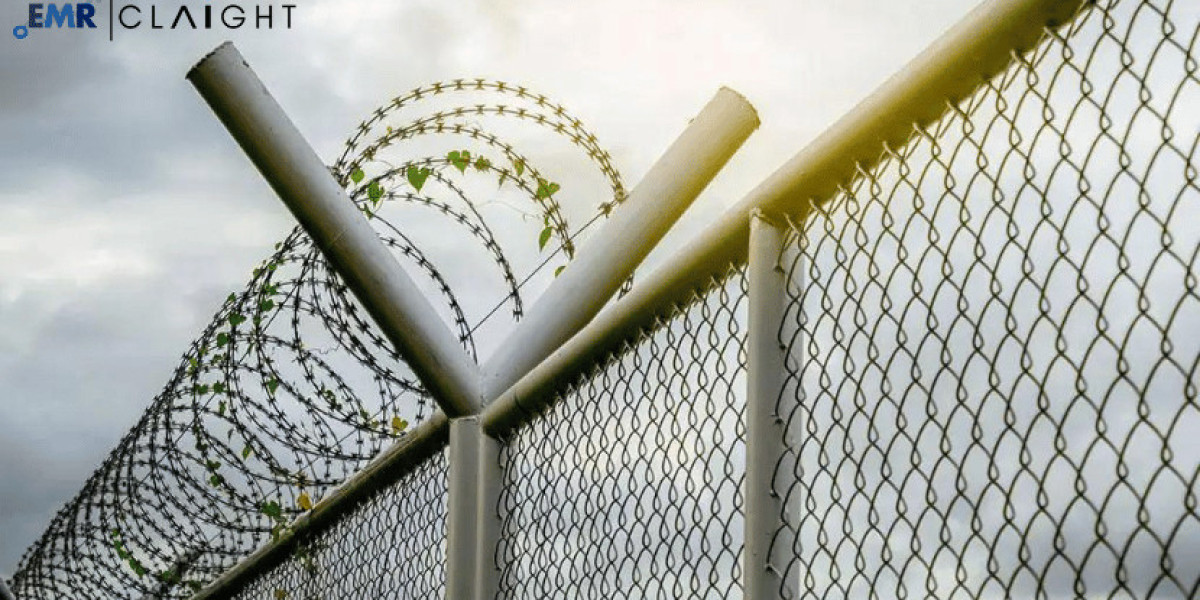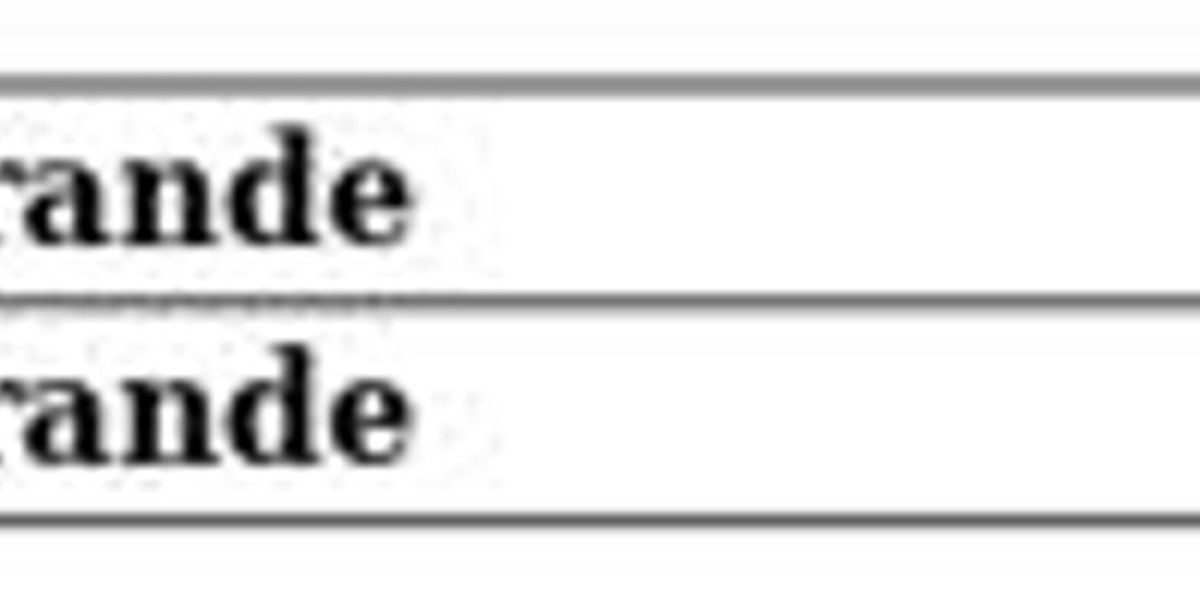Fencing Market Outlook
The global fencing market size, valued at approximately USD 33.73 billion in 2024, is on a robust growth trajectory, with projections indicating it will grow at a compound annual growth rate (CAGR) of 6.5% from 2025 to 2034. By the end of this forecast period, the market is anticipated to reach nearly USD 59.49 billion. This detailed analysis will explore the factors driving the growth of the global fencing market, examine market trends and segmentation, and discuss key industry players such as Atkore International, Ameristar Perimeter Security, Bekaert, CertainTeed Corporation, Gregory Industries, Betafence, and others.
Market Overview
Fencing is a critical infrastructure element that serves a variety of functions across different sectors, from residential homes to industrial security solutions. The demand for fencing products spans multiple industries, including construction, agriculture, transportation, utilities, and more. As a result, the fencing market has evolved into a dynamic and essential part of global infrastructure development.
In 2024, the global fencing market stands at a value of USD 33.73 billion, driven by various economic, social, and technological factors. The market's growth is propelled by increasing concerns regarding safety, security, and privacy, urbanization, and the construction industry’s booming demand. Additionally, the rising need for sustainable, durable, and aesthetically pleasing fencing solutions is expected to boost the market further.
Get a Free Sample Report with Table of Contents@ https://www.expertmarketresearch.com/reports/fencing-market/requestsample
Key Drivers of Growth
1. Increased Security Concerns
The global increase in safety and security concerns due to crime rates, terrorism, and the need for securing private and public spaces is a primary driver of the fencing market’s expansion. Fencing is one of the most effective ways to secure properties, whether for residential, commercial, or industrial use. The demand for high-quality and resilient security fencing solutions continues to rise, particularly in urban areas, where population density and crime rates are higher.
2. Urbanization and Infrastructure Development
Urbanization has led to a rise in construction activities worldwide, which has, in turn, increased the demand for fencing products. Urban developments, including residential buildings, commercial complexes, and industrial parks, require a wide variety of fencing solutions for security, aesthetic, and functional purposes. The construction of roads, highways, and railways also calls for durable fencing to demarcate boundaries, enhance security, and manage traffic flow.
3. Technological Advancements in Fencing Products
Fencing solutions have evolved significantly, with technological innovations improving both performance and aesthetics. Modern fencing products now include smart features such as surveillance integration, automated gates, and solar-powered lighting. These advancements have enhanced the appeal of fences in both residential and commercial sectors, leading to higher market demand.
4. Increasing Agricultural Needs
Agriculture is another significant sector driving the fencing market, particularly in rural areas. Farmers are increasingly investing in fencing solutions to protect crops, livestock, and property. Agricultural fencing, such as livestock fencing, is crucial to maintaining livestock safety, and protecting crops from wild animals or unauthorized access. This segment of the market continues to grow, supported by technological improvements in fencing materials that enhance durability and ease of installation.
5. Government Regulations and Security Requirements
Various government regulations related to land use, property rights, and security have also fueled the demand for fencing. For example, fences are often required to demarcate property boundaries, enhance the security of sensitive sites (such as government buildings, military installations, and critical infrastructure), and ensure compliance with zoning laws and environmental standards.
6. Aesthetic and Landscaping Demand
In addition to security and privacy concerns, fencing is increasingly seen as a critical element of property aesthetics and landscaping. Decorative fences, which combine both beauty and functionality, are gaining popularity in residential sectors, particularly in suburban and high-end neighborhoods. Homeowners are increasingly focusing on choosing aesthetically pleasing fencing solutions that complement the architectural style of their homes and gardens.
Market Segmentation
The fencing market can be segmented based on material type, end-use application, and region. Each segment has unique drivers and demand characteristics.
1. By Material Type
Fencing materials are a critical factor influencing the type and quality of the fence. The most commonly used materials in fencing include:
Metal Fencing: Metal fences, including steel, aluminum, and wrought iron, are widely used due to their durability, strength, and low maintenance requirements. These fences are particularly common in both residential and commercial applications where security and aesthetics are crucial.
Wooden Fencing: Wooden fences are a popular choice for residential properties due to their natural look and ease of customization. These fences are used for privacy, security, and aesthetic purposes. However, they are more prone to wear and tear compared to metal fences.
Vinyl Fencing: Vinyl fences are gaining popularity due to their low maintenance, longevity, and ability to withstand various weather conditions. They are often used in residential applications for privacy and decorative purposes.
Chain Link Fencing: Chain link fences are one of the most affordable fencing options and are widely used for securing large properties, industrial sites, schools, and agricultural areas. They are durable, easy to install, and cost-effective.
Concrete and Stone Fencing: Concrete and stone fencing are increasingly used for both security and aesthetic purposes in high-security locations and luxury homes. These materials offer superior strength and durability but come with higher installation costs.
2. By End-Use Application
The fencing market serves various industries and end-users. The primary end-use applications include:
Residential Fencing: This segment is primarily driven by the demand for privacy, security, and aesthetic appeal in residential properties. Homeowners are increasingly investing in fences that provide privacy from neighbors and security for their families.
Commercial Fencing: Commercial properties require fencing for security, privacy, and boundary demarcation. The commercial fencing market includes retail businesses, office complexes, and educational institutions that need to protect assets, customers, and employees.
Industrial Fencing: Industrial fencing is crucial for securing large facilities, manufacturing plants, and warehouses. These fences need to provide high levels of security to protect valuable equipment, inventory, and sensitive information.
Agricultural Fencing: Farmers and ranchers require fencing for animal control, crop protection, and land demarcation. This segment includes livestock fencing, agricultural boundary fencing, and fences used to protect crops from wildlife.
3. By Region
The global fencing market exhibits regional differences in demand and growth patterns. Key regions include:
North America: The North American market is dominated by the United States, where the demand for fencing products is high due to growing security concerns, urbanization, and infrastructure development. The residential and commercial sectors drive much of the market's growth.
Europe: Europe is a mature market for fencing solutions, with high demand for both security and aesthetic fencing products. Countries like the UK, Germany, and France are key contributors to market growth, with an emphasis on high-quality materials and eco-friendly solutions.
Asia-Pacific: The Asia-Pacific region is witnessing rapid urbanization, infrastructure development, and increasing security concerns, which are driving the demand for fencing products. The growing construction industry in countries such as China, India, and Japan is fueling market expansion.
Latin America: In Latin America, the demand for fencing solutions is increasing, particularly in countries such as Brazil and Mexico, where urbanization and infrastructure projects are on the rise.
Middle East and Africa: The demand for fencing solutions in the Middle East and Africa is driven by the growing construction sector and the need for security solutions in regions with political instability.
Competitive Landscape
The fencing market is highly competitive, with several players offering a variety of products to meet the needs of different customer segments. Some of the key companies operating in the global fencing market include:
Atkore International: A leading provider of fencing solutions with a strong presence in the industrial and commercial sectors.
Ameristar Perimeter Security: Known for its high-security fencing solutions, Ameristar offers products designed to protect critical infrastructure and industrial facilities.
Bekaert: A global leader in the production of wire and fencing materials, Bekaert provides a wide range of fencing solutions for residential, commercial, and industrial applications.
CertainTeed Corporation: Known for its wide range of building materials, CertainTeed manufactures fencing products that are used in residential and commercial applications, focusing on both durability and aesthetic appeal.
Gregory Industries: A major player in the fencing market, Gregory Industries specializes in manufacturing high-quality metal fencing solutions for various industries, including security and construction.
Betafence: A global supplier of fencing solutions, Betafence offers a comprehensive range of products for securing residential, commercial, and industrial properties. The company is known for its innovative designs and emphasis on quality.
Others: Other notable players in the fencing market include companies that cater to niche segments such as agricultural fencing, decorative fencing, and custom fencing solutions.
Market Challenges
Despite the positive growth outlook for the fencing market, several challenges may hinder market expansion:
High Initial Investment Costs: The cost of high-quality fencing materials can be prohibitively expensive, particularly for residential customers. Although fencing solutions are long-term investments, the initial cost may deter some potential buyers, especially in regions with low disposable incomes.
Environmental Concerns: The production of certain types of fencing, particularly those made from metal or synthetic materials, can raise environmental concerns. Companies are increasingly under pressure to develop more sustainable products, such as recyclable materials or eco-friendly designs.
Supply Chain Disruptions: The fencing industry is susceptible to supply chain disruptions, particularly for materials such as steel, aluminum, and timber. Global trade issues, labor shortages, and raw material shortages can affect the timely delivery of fencing products.
Media Contact:
Company Name: Claight Corporation
Contact Person: Eren smith, Corporate Sales Specialist – U.S.A.
Email: sales@expertmarketresearch.com
Toll Free Number: +1-415-325-5166 | +44-702-402-5790
Address: 30 North Gould Street, Sheridan, WY 82801, USA
Website: https://www.expertmarketresearch.coma







